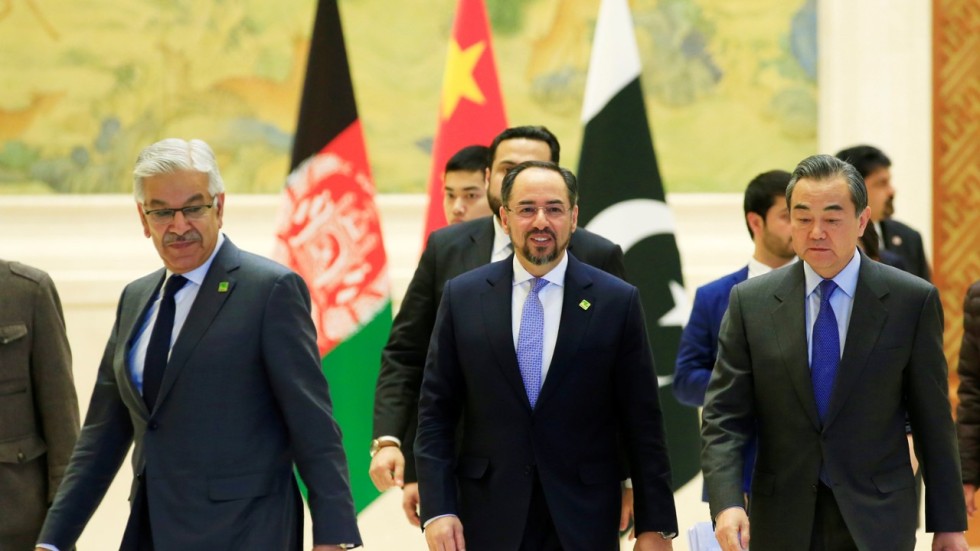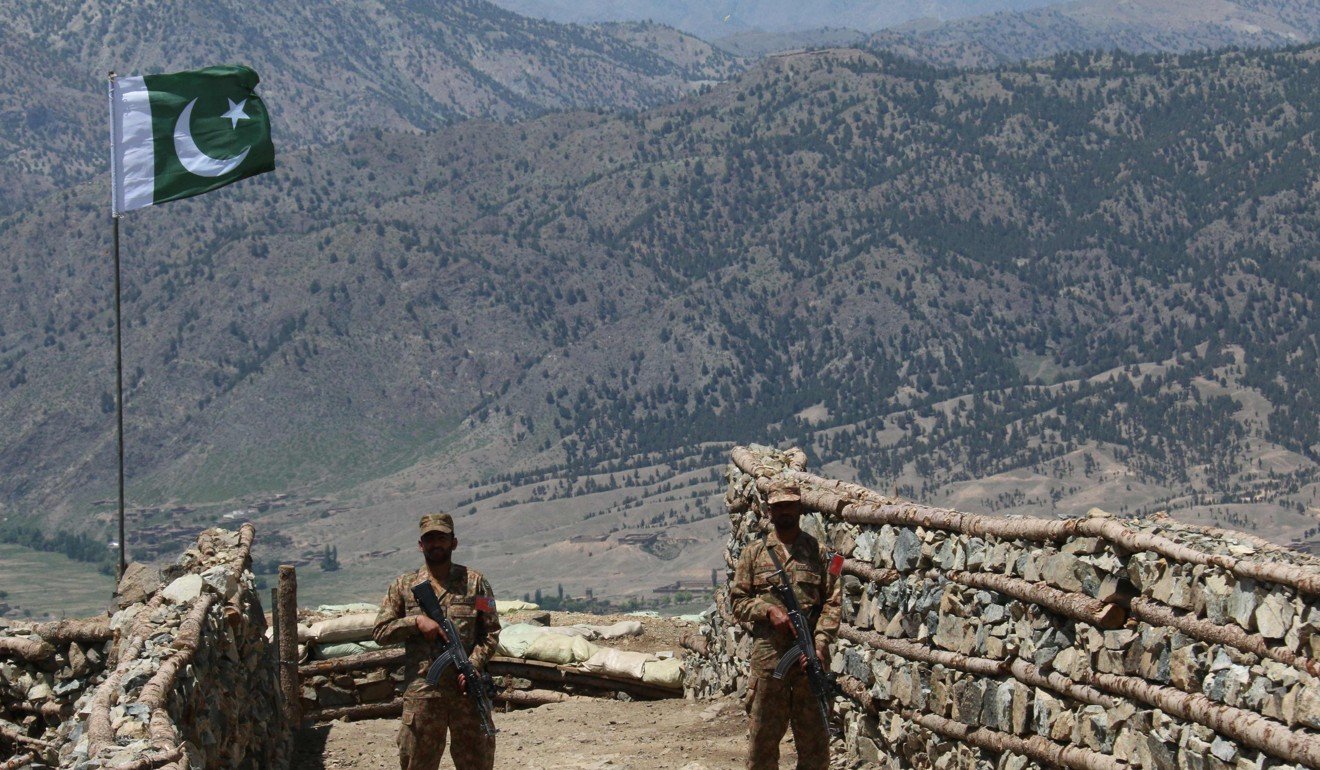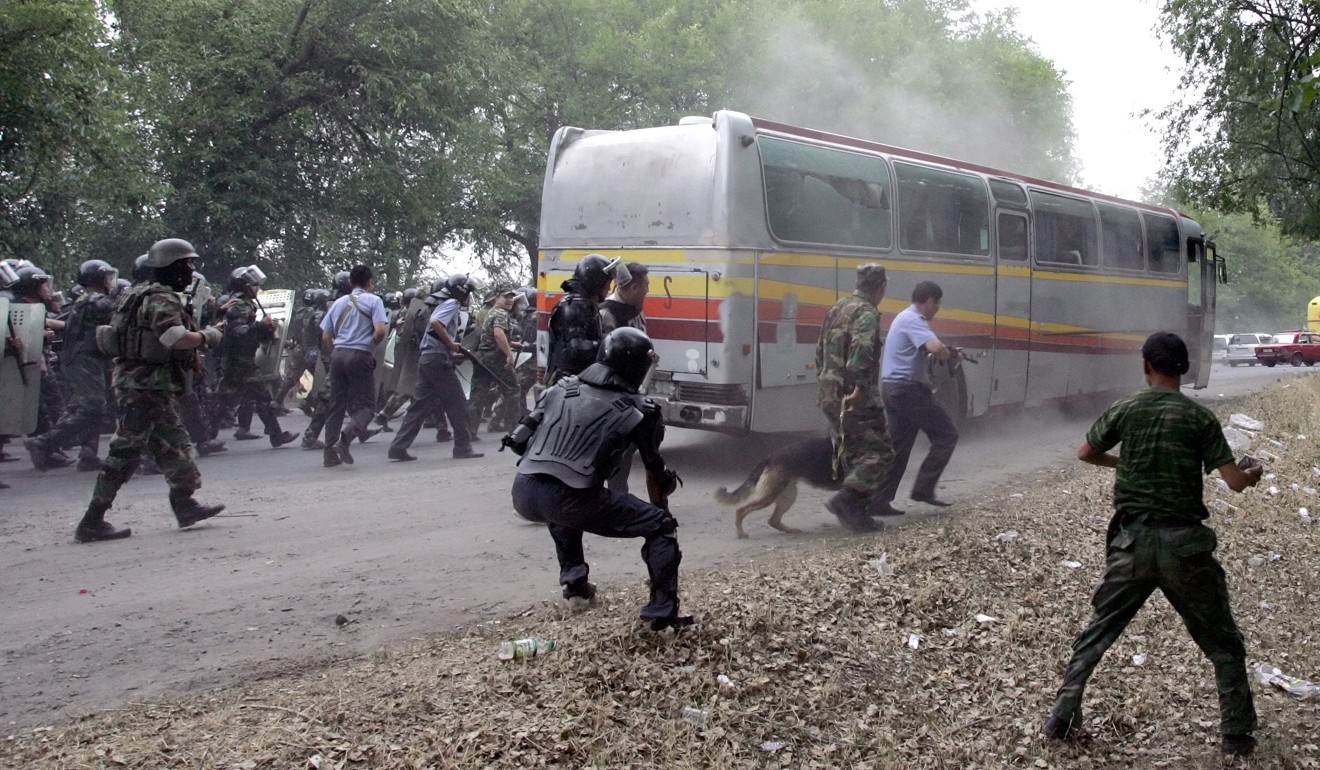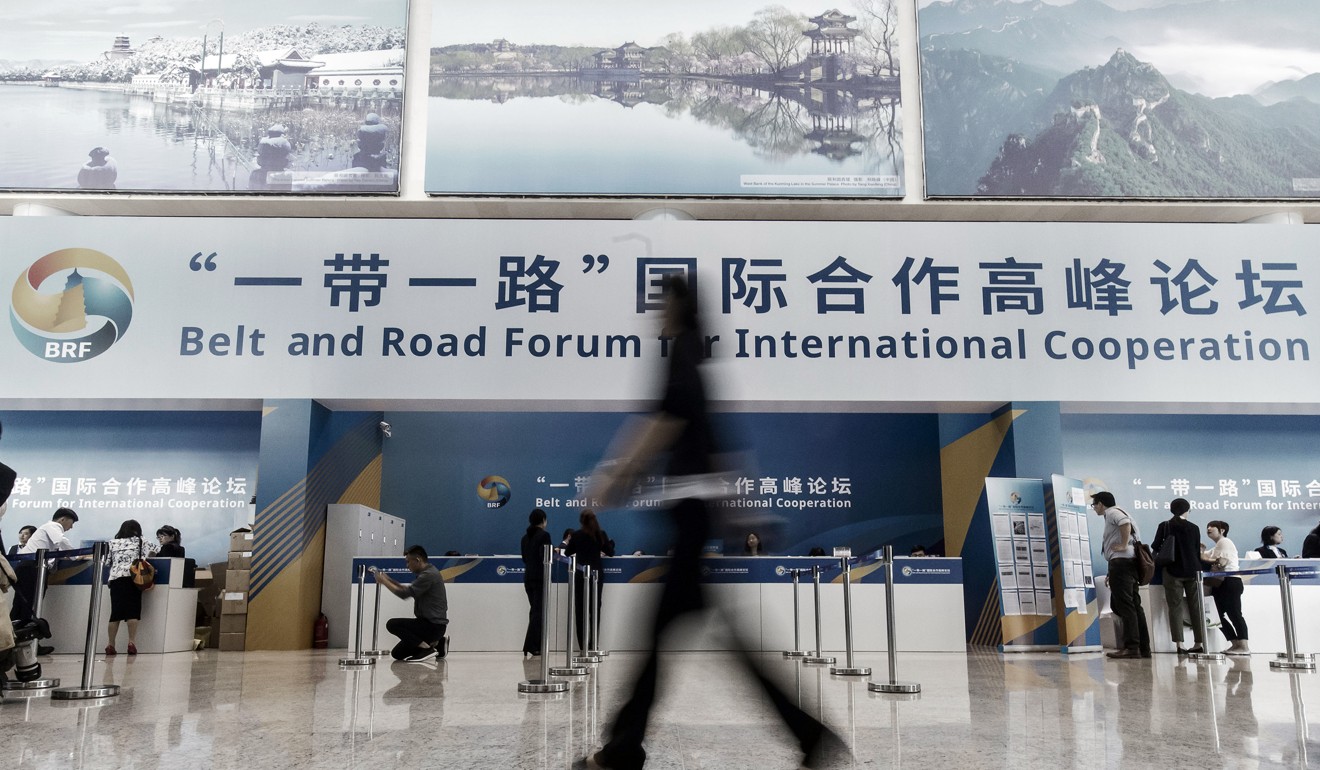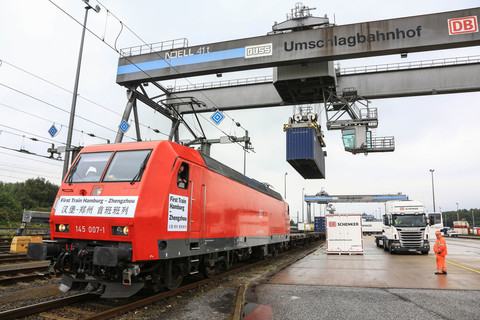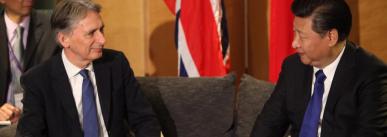Another one for RUSI, this time looking at how the UK should respond to the Belt and Road Initiative. Rather repeats points from previous pieces, but still need to be made. More on this topic in the form of a more substantial piece soon hopefully.
Also, catching up on some other things – this report Understanding the Factors Contributing to Radicalisation Among Central Asian Labour Migrants in Russia which was the product of a longer project we worked on at RUSI finally emerged. It looks at the phenomenon of radicalisation amongst Central Asian labour migrants in Russia. Was the product of a lot of effort, and the final drafting of the paper is heavily owned by my RUSI colleague Mo who took the lead, and Sarah and Nadine who both contributed substantially to both working on the project and drafting bits. Thank you all! Off the back of this, did a Majilis podcast with the excellent Bruce and Muhammad for RFE/RL.
And on the other side of my substantive equation, spoke to the Intercept about the far right terror menace in the UK, and to Voice of America about the Liege terror attack today.

China’s Belt and Road Initiative: A Call for Pragmatism
Raffaello Pantucci
Commentary, 22 May 2018
China, International Security Studies
China’s Belt and Road Initiative requires a logical response, one based on an assessment of realities rather than rhetoric, and reciprocity, rather than outright confrontation.
There has been little clarity of the UK’s approach to the Belt and Road Initiative (BRI) since the prime minister’s visit to Beijing in January. The key message to emerge from the visit seemed contradictory: the UK claimed to be ‘a natural partner’ for the BRI, but at the same time, Prime Minister Theresa May refused to sign a memorandum of understanding for the initiative presented by Chinese leaders. But this is a comprehensible paradox. The UK is facing the same conundrum posed to most countries: Chinese investment is attractive, but the norms and political pressure that may follow in the wake of this grand initiative are not.
The key to properly responding to Beijing’s economic statecraft under the BRI is clarity. The foreign policy concept advanced by Chinese President Xi Jinping is the latest expression of China’s ‘going out’ policy; it provides the overarching logic for Chinese external investment. The BRI narrative is one that has grown over time to overwhelm Chinese foreign policy; almost any external engagement that China engages in can be captured in some way under the BRI.
The first point worth remembering is that just because China talks of the BRI in grandiose uniform terms, this does not mean other countries need to be engaged with it as a single project. For European powers, for example, it is abundantly clear that there is a vast difference between Chinese projects in Europe, and projects in faraway parts of Asia. The BRI concept is an overarching foreign policy idea best understood as a series of distinct projects. And, as with any large set of projects (or foreign policy goals laid out by a foreign power), some elements have a natural logic of cooperation to them, while others do not.
Secondly, it is essential to understand what is actually happening on the ground, since there is much rhetoric and sometimes little action when it comes to the BRI. There are numerous examples of mismatched expectations throughout Central and Eastern Europe. The much vaunted 16+1 format (China plus the former communist countries of Central and Eastern Europe) has delivered little in terms of solid investment; the Czech Republic has found itself facing a sudden massive loss of prospective investment as Chinese energy conglomerate CEFC withdrew abruptly from its push into the Czech market. By contrast, Pakistan is abuzz with activity, as Chinese companies build new infrastructure up and down the country.
The moral of these contrasting episodes is, therefore, to focus on what is happening, not on what is being merely discussed or announced. For, while this is an obvious point, it remains far too easy to get caught up in the noise around Chinese projects and miss what is actually going on. It is also too easy to fall for the other stories that such mega-projects generate. Some stories – such as allegations that Chinese prison labour is being used to implement infrastructure projects – are untrue, while others – such as claims that some countries are taking on onerous debt burdens alongside Chinese projects – are true. But even then, the debt burden story is nuanced. For example, the terms offered by the Export–Import Bank of China or the China Development Bank are sometimes favourable, but there are also genuine questions about the financial liabilities of some projects once they are up and running: see, for instance, the controversy over the sizeable obligations that the government of Pakistan has assumed in guaranteeing revenue for the many Chinese-financed and executed electricity generating projects in the country.
Finally, there is the broader ideological question posed by the BRI. As Western values of prosperity through democracy are being increasingly questioned by Western publics, and governments themselves, Beijing is offering an alternative worldview underpinned by norms and standards that do not necessarily conform with Western outlooks. Yet even on this point, the debate needs to be focused on a case by case basis. The relatively new Asian Infrastructure Investment Bank (AIIB) that elicited such a great controversy in the West was in part a response to a perception among countries of the global south that the dominant international financial institutions did not represent their interests or give them a voice. The AIIB is a product of these considerations as well as an attempt by Beijing to try its own hand at operating international structures that are not Western-invented. In sum, far from being a parallel or disruptive player, the AIIB could be seen as representing a positive Chinese-led contribution to the international order.
In contrast, China’s push to advance its version of the internet to strengthen models of state control, or its attempts to use its economic weight as a coercive tool, remain to be contested. But the key to any such response is strengthening alliances to confront patterns of behaviour from Beijing – either under the auspices of the BRI or otherwise – that are against national interests or those shared throughout the West. Beijing may resist, seeking ways to circumvent such opposition, but this is the natural push-and-pull of international affairs. The key to guiding a response is to offer alternatives and to think about what could address the issues on the ground that Beijing is seeking to resolve through its investments. In other words: if the UK is concerned with a project being undertaken by a developing country under the BRI, they should find ways of engaging with that country to either agree upon alternative sources of investment or to ensure that the Chinese project is delivered to an acceptable standard and that it will deliver maximum local benefit.
This lesson is broadly applicable. The West should focus on engaging with segments of the BRI that are empirically underway, and should engage with local partners to ensure they gain real benefits. The idea that the BRI could be a source of massive profit for UK companies based globally is a view that needs tempering. UK companies in Beijing are already making money accompanying their long-standing Chinese partners as they pursue the BRI. The broader profit is more likely to come from taking advantage of the infrastructure investment that is taking place, and finding ways of ensuring that the countries receiving BRI investment are able to grow in its wake.
The key point to remember within all of this is that the Chinese companies and banks making deals under the BRI are focusing on their own interests; they will expect everyone else to do the same thing.


